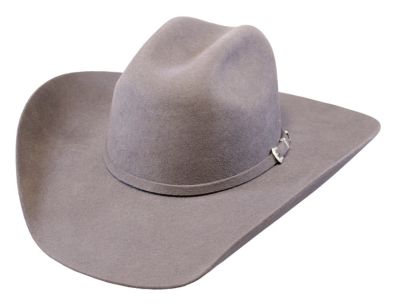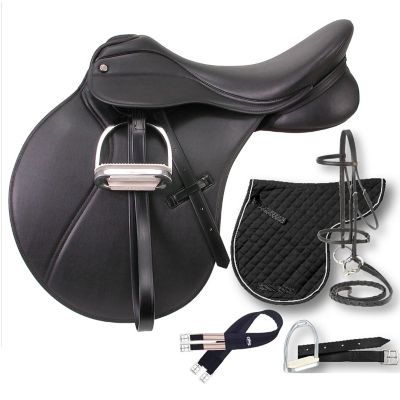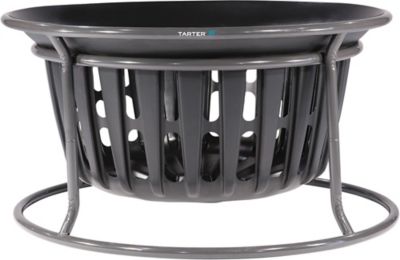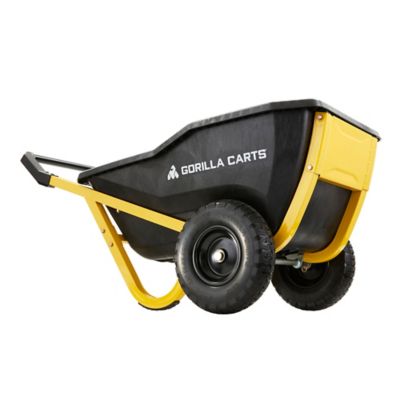Shires Short Fleece-Lined Shipping Horse Boots, 4-Pack
Shires Short Fleece Lined Shipping Boots have tough nylon outers and thick synthetic sheepskin lining to protect your horse’s legs that are not accustomed to horse travel boots. Strong adjustable touch-close straps keep the horse boots in place . Set of 4.
Shires Short Fleece Lined Shipping Boots have tough nylon outers and thick synthetic sheepskin lining to protect your horse’s legs that are not accustomed to horse travel boots. Strong adjustable touch-close straps keep the horse boots in place . Set of 4.
- Tough nylon outers and thick synthetic sheepskin lining protects your horse’s legs while traveling
- Shorter height of these horse travel boots make them more readily acceptable to horses that have not worn them before
- Strong adjustable touch close straps provide a snug fit for the horse boots
- Set of 4
Additional information
| Closure Type | Strap |
|---|---|
| Lining Material | Polyester |
| Outer Material | Nylon |
| Package Quantity | 4 |
| Manufacturer Part Number | 1998-P |










by John
We bought them when my daughter made it to finals in Georgia. They have held up good and her gelding didnt mind them.